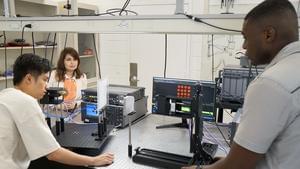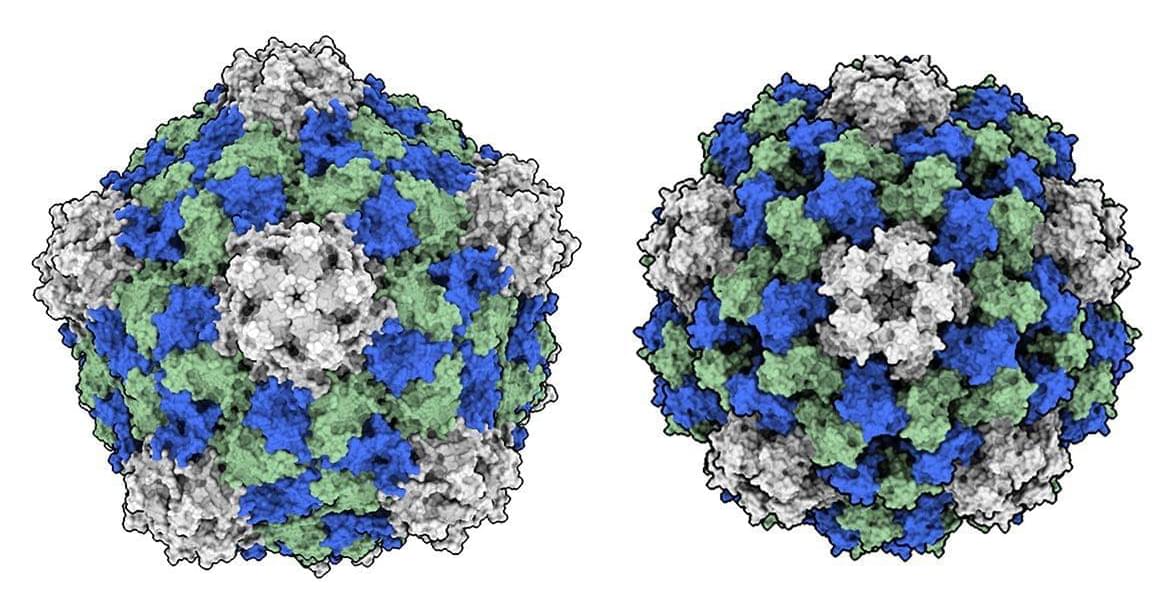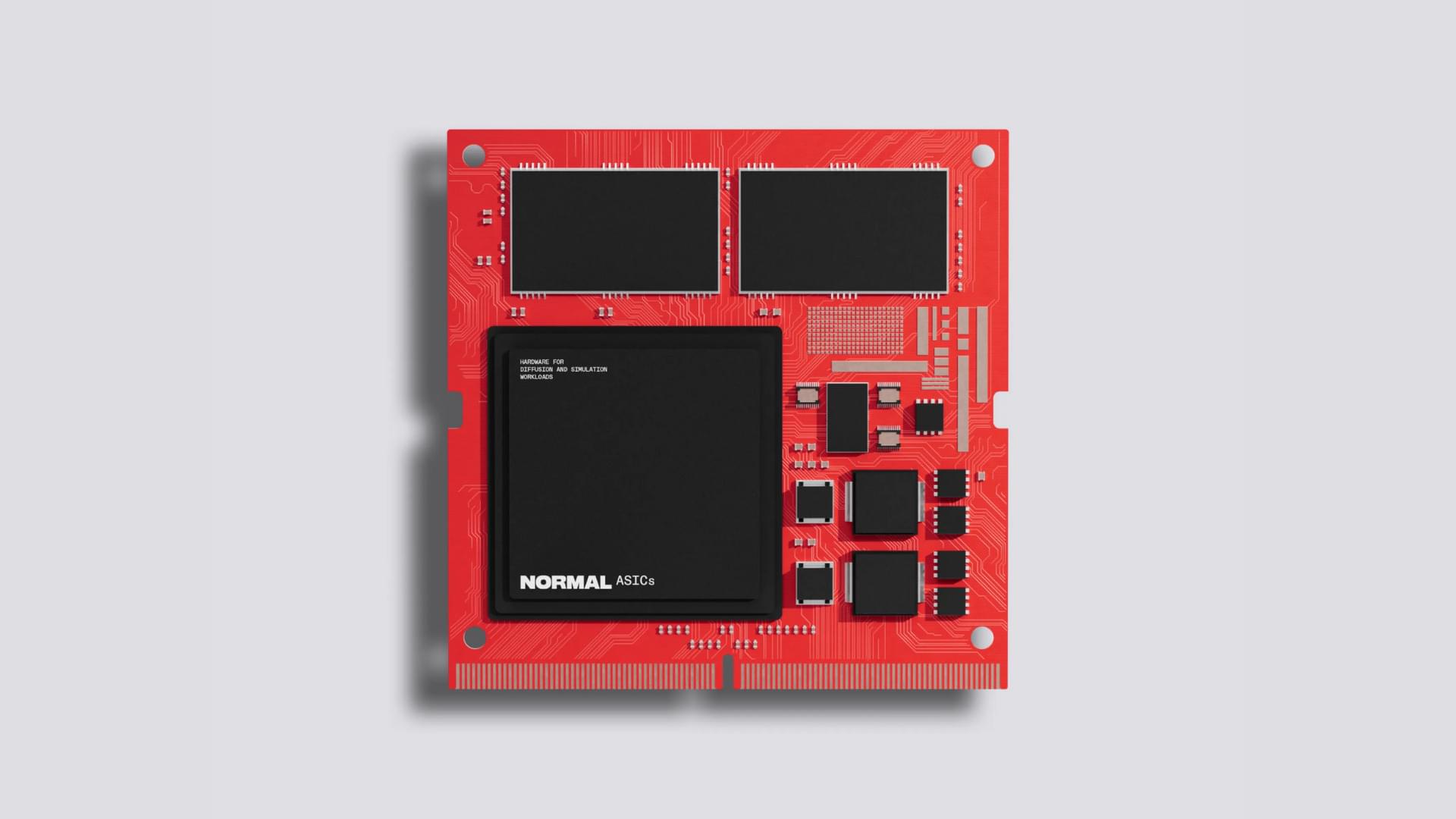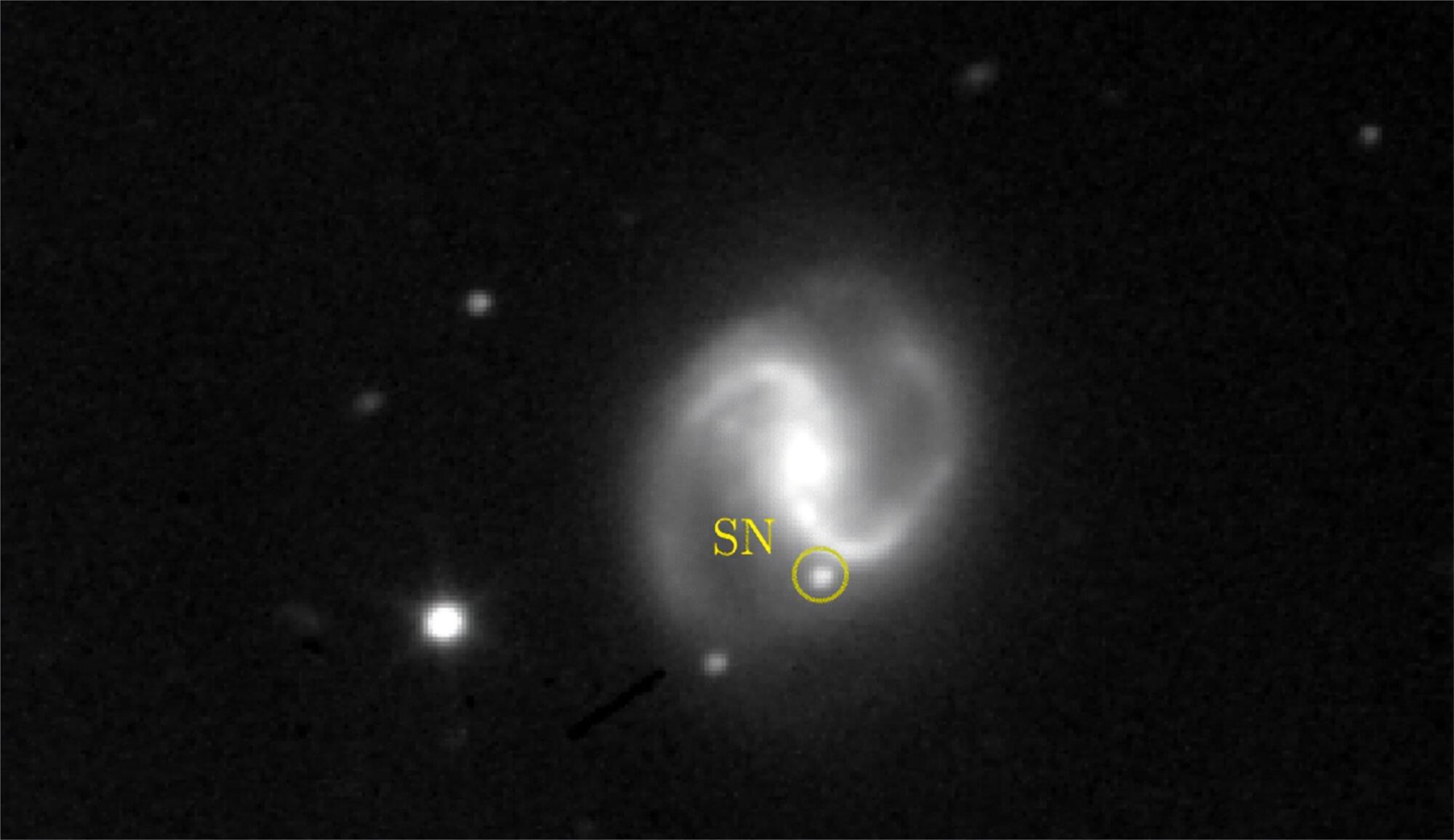An omen of end times or just some microscopic shenanigans?




Ultrahigh frequency bandwidths are easily blocked by objects, so users can lose transmissions walking between rooms or even passing a bookcase. Now, researchers at Princeton engineering have developed a machine-learning system that could allow ultrahigh frequency transmissions to dodge those obstacles.

A virus that typically infects black-eyed peas is showing great promise as a low-cost, potent cancer immunotherapy—and researchers are uncovering why.
In a study published in Cell Biomaterials, a team led by chemical and nano engineers at the University of California San Diego took a closer look at how the cowpea mosaic virus (CPMV), unlike other plant viruses, is uniquely effective at activating the body’s immune system to recognize and attack cancer cells.
In preclinical studies, CPMV has demonstrated potent anti-tumor effects in multiple mouse models, as well as in canine cancer patients. When injected directly into tumors, CPMV therapy recruits innate immune cells—such as neutrophils, macrophages and natural killer cells—into the tumor microenvironment to destroy cancer cells. Meanwhile, it activates B cells and T cells to establish systemic, long-lasting anti-tumor memory. This immune reawakening not only helps clear the targeted tumor but also primes the immune system to hunt down metastatic tumors elsewhere in the body.


Israeli and Palestinian engineers from the Hebrew University of Jerusalem develop novel metamaterials for the cost-effective injection molding of whole cuts of meat. Link to images: https://drive.google.com/drive/folders/1EIb0hFDVh67Lddqkmf4x…sp=sharing In a new publication in Nature Communications, Israeli and Palestinian engineers from The Hebrew University of Jerusalem pioneered the use of metamaterials to create whole cuts of meat.



Pairs of skyrmions—tiny whirlpools that emerge in some magnetic materials—might be able to self-propel, a behavior reminiscent of that of active-matter systems such as motile bacteria.
In nature, the collective motion of birds and fish can generate impressive dynamics and unique structures, as seen in flocks of starlings and shoals of sardines. The science of active matter studies such complex behaviors across a wide range of scales and origins [1], and it has attracted growing interest over the past three decades. Active matter encompasses not only living things but also inanimate objects. Examples include active colloids [2] and active liquid crystals [3] that are able to self-propel—that is, move by themselves powered by internal energy sources. Now Clécio de Souza Silva and colleagues at the Federal University of Pernambuco in Brazil have suggested an intriguing addition to the active-matter catalog: coupled pairs of skyrmions, whirlpool-like spin arrangements that emerge in certain magnetic materials.

“They shine thanks to nuclear fusion in their cores, but once the star has burned through progressively heavier atoms—right up to the point where further fusion no longer yields energy—the core collapses. At that point, the star collapses because gravity is no longer counterbalanced; the rapid contraction raises the internal pressure dramatically and triggers the explosion.”
The first hours and days after the blast preserve direct clues to the progenitor system—information that helps distinguish competing explosion models, estimate critical parameters, and study the local environment. “The sooner we see them, the better,” Galbany notes.
Historically, obtaining such early data was difficult because most supernovae were discovered days or weeks after the explosion. Modern wide-field, high-cadence surveys—covering large swaths of sky and revisiting them frequently—are changing that picture and allowing discoveries within mere hours or days.